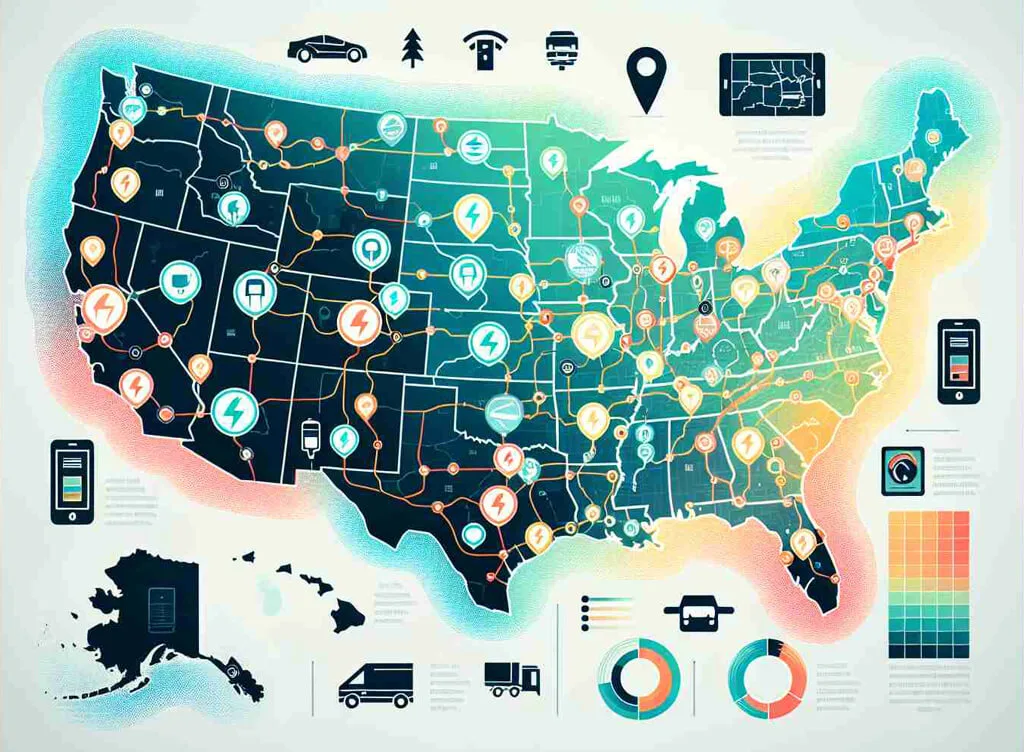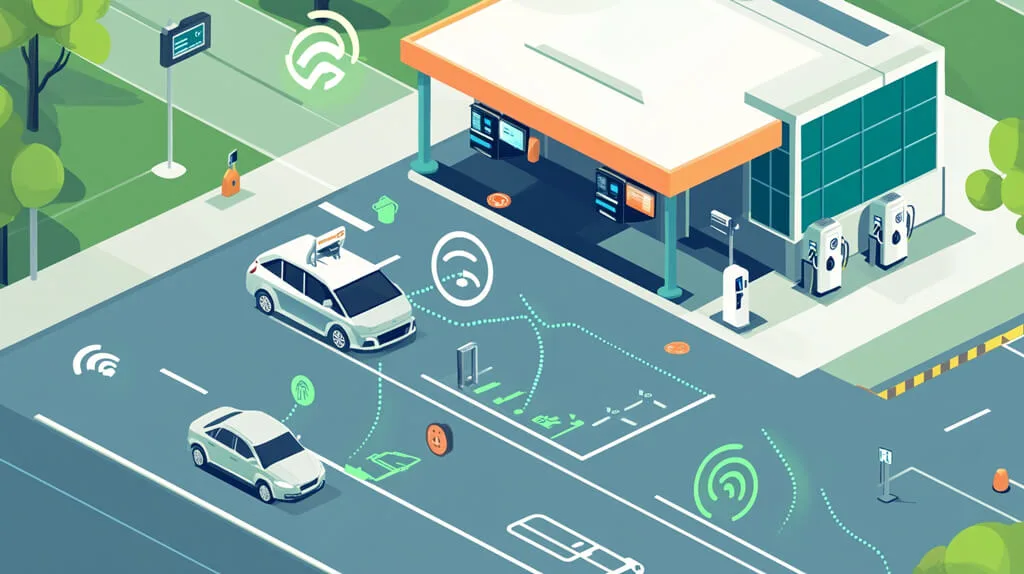With the electric vehicle (EV) market booming, charging infrastructure has never been more critical. Yet, the experience users have at charging stations often determines whether they embrace EVs. Slow charging, limited facilities, and clunky payment systems are frequent complaints that drag down satisfaction. This guide dives into actionable ways to boost user experience at EV charging stations through smart design, cutting-edge technology, and effective management—meeting user needs while fueling EV adoption.
Improving user experience starts with knowing what frustrates users at charging stations. Here’s what they’re up against:
Tackling these issues doesn’t just lift satisfaction—it builds trust in EVs and drives industry growth.
Good design is the backbone of a better user experience. A well-planned layout cuts wait times and boosts efficiency. Try these tips:
Example: A German city revamped a mall parking lot with a centralized charging hub. Chargers sit in the middle, reachable from all sides, slashing the time users spend hunting for a spot.

Charging speed shapes the user experience, and advanced tech is the answer. Here’s how to make it faster:
Example: A highway rest stop in one state installed 350kW ultra-fast chargers. Drivers get most of their charge in 15 minutes, making long trips a breeze.
A smooth payment system lets users focus on charging, not fumbling with apps or cards. Here’s how to streamline it:
Example: One region launched a charging app that auto-charges linked accounts when done—no manual input, just pure convenience.
Real-time info puts users in control, ramping up satisfaction. Here’s how to deliver it:
A city there built a navigation app with real-time maps of charging stations, showing usage and past data to help drivers plan ahead.

Safety builds trust. These steps make charging stations more secure:
French region in France fitted all stations with 24/7 cameras linked to local security, keeping users and cars safe around the clock.

Enhancing user experience at EV charging stations isn’t just a tech upgrade—it’s a game-changer for EV adoption. Better designs, faster charging, simpler payments, richer info, and stronger safety can skyrocket satisfaction. These improvements draw more drivers to EVs and power up the industry. Looking ahead, smarter tech will make charging stations even more efficient and user-friendly, delivering a truly seamless experience.
We will send detailed technical info and quotation to you!